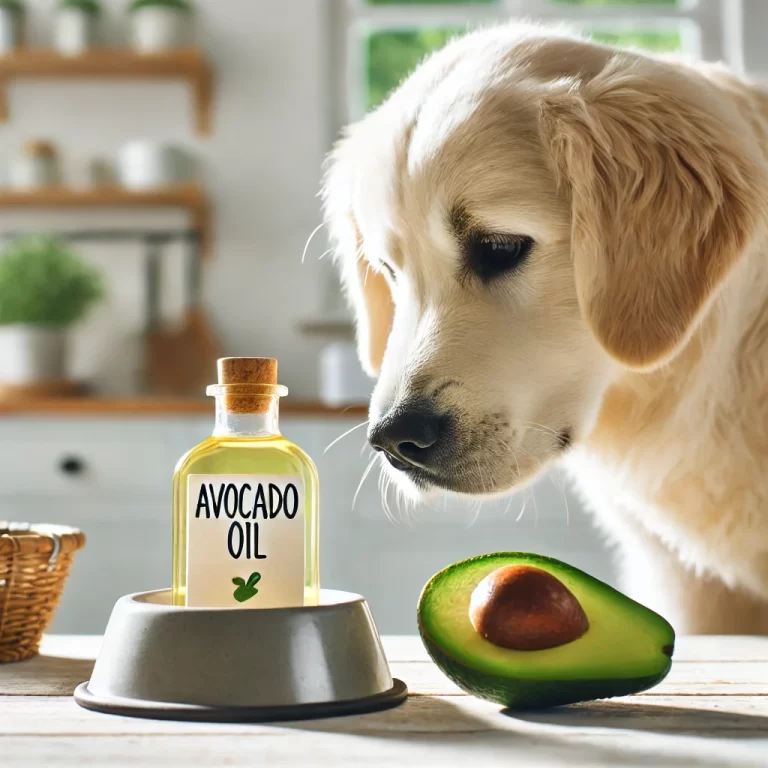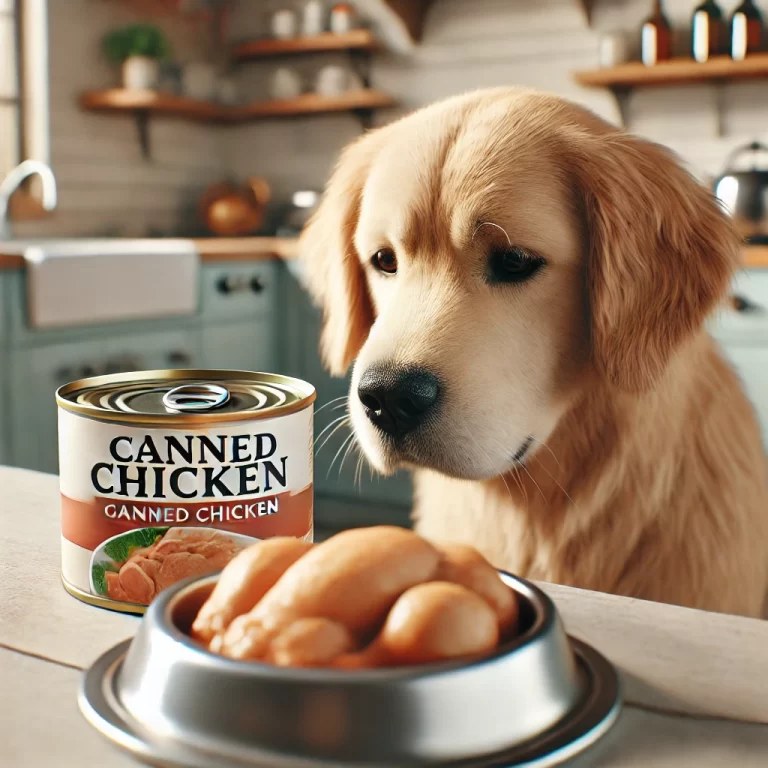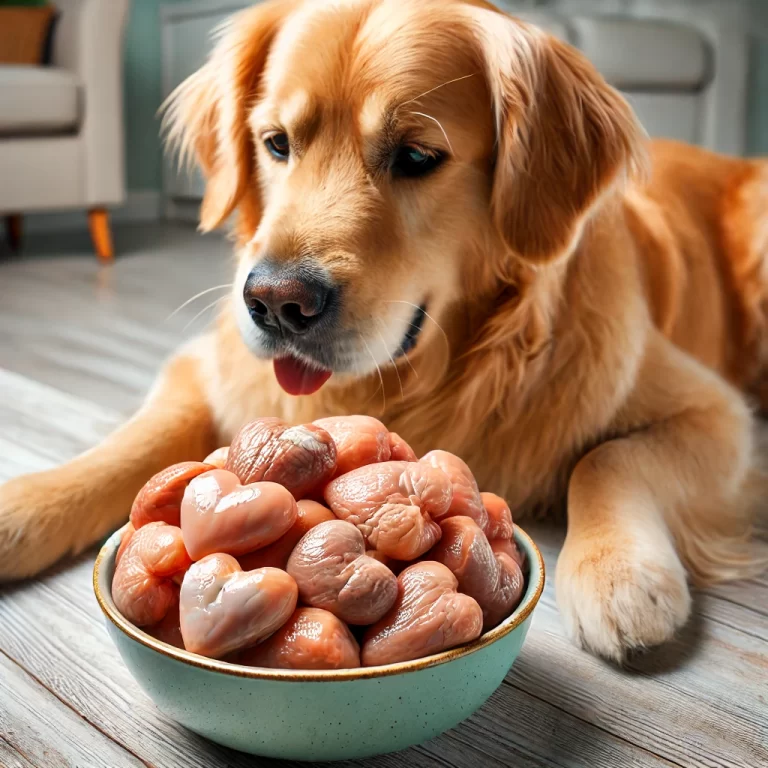What Is a Healthy Dog Food? Vet-Approved Guide to Nutrition
Choosing the right food for your dog can be overwhelming with so many brands and labels on the market. But if you’ve ever asked yourself, “what is a healthy dog food?”, you’re not alone. Feeding your dog a nutritious diet is one of the most important things you can do for their health, longevity, and happiness.
Table of Contents
- Why Healthy Dog Food Matters
- Key Ingredients in Healthy Dog Food
- Ingredients to Avoid in Dog Food
- Types of Healthy Dog Food
- Homemade vs Store-Bought Healthy Food
- Tips for Choosing the Best Food for Your Dog
- FAQ
- Conclusion
Why Healthy Dog Food Matters
Like humans, dogs thrive on a balanced, nutrient-rich diet. The right food supports:
- Strong bones and muscles
- A shiny coat and healthy skin
- Efficient digestion
- Weight control
- Increased energy and longevity
Feeding your dog low-quality food can lead to health issues like obesity, allergies, digestive problems, and even chronic diseases.
Key Ingredients in Healthy Dog Food
To ensure your dog is eating the best food for their health, look for these essential components:
- High-Quality Protein: Chicken, beef, lamb, salmon, turkey—real meat should be the first ingredient.
- Healthy Fats: Omega-3 and Omega-6 fatty acids support skin and coat health. Look for fish oil or flaxseed.
- Whole Grains or Veggies: Brown rice, oats, sweet potatoes, carrots, and peas provide fiber and vitamins.
- Probiotics: Help maintain gut health and boost immunity.
- Antioxidants: Found in fruits like blueberries, they protect cells and reduce inflammation.
Ingredients to Avoid in Dog Food
Just as important as what’s in the food is what’s not. Avoid these harmful or low-value ingredients:
- Artificial preservatives: BHA, BHT, and ethoxyquin may be harmful over time.
- Artificial colors/flavors: Unnecessary and often linked to allergic reactions.
- Meat by-products: Low-quality, unclear protein sources.
- Excess fillers: Corn, soy, and wheat can cause allergies and don’t offer much nutritional value.
- Added sugars or sweeteners: Not only unnecessary but can lead to weight gain and dental problems.
Types of Healthy Dog Food
1. Dry Kibble
The most common option. Choose high-quality kibble with named meat as the first ingredient and no fillers.
2. Wet Food
Often more palatable and higher in protein. Ideal for dogs with dental issues or picky eaters.
3. Raw Diet (BARF)
Biologically Appropriate Raw Food includes raw meat, bones, and vegetables. While some owners swear by it, it must be carefully balanced to avoid nutritional gaps.
4. Fresh Dog Food
Cooked meals delivered fresh (e.g., Nom Nom, The Farmer’s Dog). Convenient and typically formulated with a vet’s guidance.
5. Homemade Meals
Gives you control over ingredients but requires careful planning and supplementation.

Homemade vs Store-Bought Healthy Dog Food
Both options can be healthy, but they require different levels of effort and attention:
| Homemade | Store-Bought |
|---|---|
| Full control over ingredients | Convenient and time-saving |
| Can be customized for allergies | Often formulated by pet nutritionists |
| Requires meal prep and planning | May contain hidden fillers unless high-quality brand |
Tips for Choosing the Best Food for Your Dog
- Read the label: Look for named proteins and recognizable ingredients.
- Check for AAFCO approval: Ensures the food meets basic nutritional standards.
- Consider your dog’s age and size: Puppies, adults, and seniors have different nutritional needs.
- Introduce new food slowly: Mix gradually over a week to avoid upset stomachs.
- Consult your vet: Especially for dogs with allergies, sensitivities, or medical conditions.
FAQ
What is the healthiest dog food brand?
Brands like Orijen, Wellness, Blue Buffalo, and The Farmer’s Dog are often praised for their quality ingredients and balanced nutrition.
Is grain-free dog food better?
Not necessarily. Unless your dog has a grain allergy, whole grains like oats and brown rice can be healthy and beneficial.
Can I feed my dog home-cooked meals?
Yes, but you must ensure the diet is balanced. Consider consulting a vet or canine nutritionist before switching to homemade.
How do I know if my dog food is high quality?
Check for real meat as the first ingredient, no artificial additives, and complete nutritional labeling with AAFCO standards.
Are raw diets safe for dogs?
Raw food can be healthy if properly handled and balanced, but it carries risk of contamination and nutritional deficiency if not done correctly.
Conclusion
So, what is a healthy dog food? It’s a combination of high-quality ingredients, proper nutrition, and suitability for your dog’s unique needs. Whether you choose kibble, wet food, raw meals, or homemade dishes, make sure you read labels, avoid harmful additives, and prioritize your dog’s overall health. A healthy diet lays the foundation for a long, happy, tail-wagging life.



